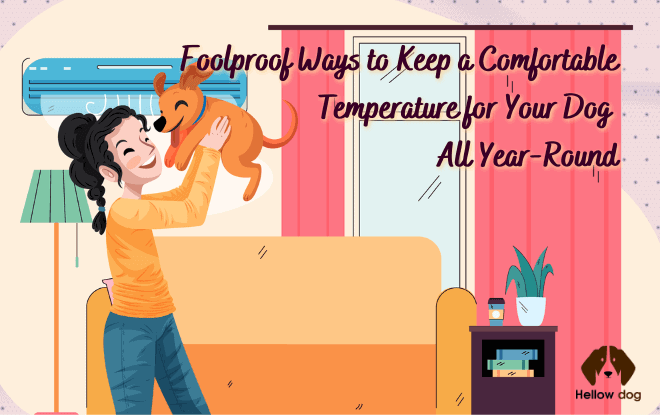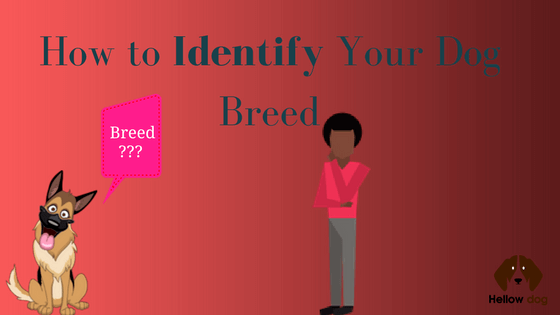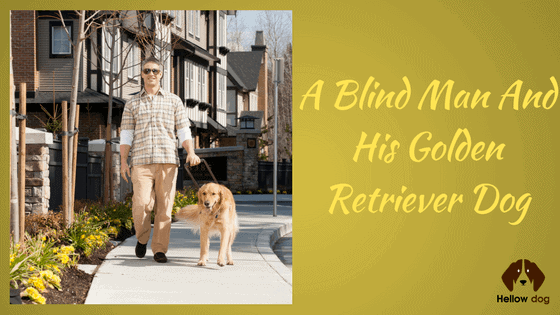It’s not uncommon in this day and age for pets to enjoy the same creature comforts as their owners, with 43 percent of dogs sleeping in the same bed as their humans, according to APPA. But while dogs are quite accustomed to many aspects of domestic life, they’re still a different species, and hence their ideal conditions and the ways to maintain them are going to be different from ours. Just like how you need to consider your pooch when doing landscaping, you’ll have to keep in mind that there are certain best practices to keep your dog at a comfortable temperature year-round.

Know the Ideal Temperature Ranges for Your Dog
It’s conventional wisdom that when you’re cold, your dog is cold too. Despite their fur coat, dogs are usually only marginally warmer than humans. Even for breeds with the thickest fur, body temperature hovers around 102 degrees F or 39 degrees C. Hence, the best temperature for them is close to the best temperature for us: between 75 and 78 degrees F or 23-25 degrees C.
That’s the absolute ideal temperature that you should try to keep your dog at, but there is a little bit of headroom there. In the winter, you should try not to let the thermostat get any lower than 60 degrees F or 15 degrees C. Just like us, dogs get more uncomfortable the closer you get to freezing temperatures, with breeds that have thinner coats starting to get highly uncomfortable even sooner.
In addition, puppies are going to need more warmth than grown dogs. Newborns should be kept at around 90 degrees F or 32 degrees C until they’re about 2 weeks old, at which point it would be okay to get them down to 80°F/ 27°C. By the time they get up to a month old, you can allow them to get down to the ideal temperature for adult dogs, but try not to let them get any colder than that. As for warmer days, you should try not to let your dog’s body temperature get beyond 104 degrees F or 40 degrees C because at this point, they can no longer regulate their own temperature by panting.
Keep Humidity at Ideal Levels
Given that dogs run warmer than us, keeping them cool during warmer months can often be the bigger challenge. Fortunately, things can be narrowed down to a few important factors, the first being humidity. Dogs keep cool by panting and salivating, which removes body heat by exhaling hot air and evaporating saliva off of the tongue. If there’s too much humidity, heat will have trouble dissipating from their mouths, especially since the water vapor from their tongues will have to compete with all of the humidity in the air.
Using a dehumidifier is one of the easiest ways to fight high humidity, but if you don’t have one on hand, there are a few other ways you can reduce the humidity in your home. One of the best ways in lieu of a dehumidifier is by using an air conditioner, which is great for cooling down your dog in general too. Failing that, you can always improve ventilation and make sure all of the spaces your dog stays in are dry. Never hang up your wet clothes near where your dog stays, and make use of desiccants like charcoal and rock salt where necessary. Remember to take your dog’s temperature to find out if the humidity is starting to affect their body heat. Monitor this closely in order to avoid heat stroke, especially in the summer.
Best Practices for Keeping Your Dog Warm
Humans keep warm during cold weather by sheltering in a heated space and wearing warm clothing. Fortunately, these same methods tend to work fairly well with dogs. But there are some special requirements for dogs that you’ll need to see so that they stay comfortable all winter. First, you need to make sure they stay a good distance away from heat sources, such as space heaters. Because of all of their fur, heat can build up on them quite quickly and they might get accidentally burned. Some heaters can get very hot to the touch too, which makes things worse for dogs who love to stick close to space heaters. If you can, invest in a ceramic heater because these don’t get hot to the touch when operating. To be safe, never leave your dog unattended with a heater or especially an open flame.
Those concerned with their pet’s health will know that exercise is essential even in the winter, but since you need to go out to do so effectively, you’ll have to keep an eye on your pet’s paws. These can get frostbitten easily due to the exposed skin hitting cold surfaces. Consider getting them booties or other paw coverings, or if they’re uncomfortable with that, use some paw wax or balm. Just remember to inspect your dog’s paws when going back inside. If they’re getting cracked, you may not be using enough paw balm. Snow can hide objects that can wound or injure them too.

Know the Warning Signs of Heatstroke and Hypothermia
During the summer months, one of the most important things to watch for is whether your dog is starting to exhibit the signs of heatstroke. Look out for shallow breathing, a ramped-up heartbeat, accompanied by lethargy, excessive salivation, vomiting, dark red or purple tongue, and glazed eyes. This can be the prelude to the onset of heat stroke, which is often characterized by a lack of coordination, fever, loss of consciousness, or even seizures.
On the other hand, and perhaps just as important, is knowing whether your dog is starting to show signs of experiencing hypothermia during the winter season. Lethargy and slower breathing and heart rate are the most common first signs. Remember to pack a hot water bottle wrapped in a towel or a hot compress if you’re going out for extended periods to help keep them warm if they get too cold.

Master Essential Cooling Techniques
The best way to keep your dog’s temperature down is to do so naturally unless they absolutely need air conditioning during the summer. Breeds that come from colder climates often can’t deal with hot and humid summers no matter what you do, but for the average dog, it’s often not necessary to go through the trouble of keeping them in an air-conditioned room. You just have to know the best practices in ensuring that their body temperature never gets too high.
Some of the most effective ways you can do this is by providing lots of water, ventilating their living spaces well, and providing access to cool, shady areas that they can retreat to when things get too hot. If they’re showing signs of overheating, you can pat them down with damp towels and add ice to their water bowls. It’s also wise to restrict them from moving around too much and apply some doggy sunblock if you do allow them to go out and about. It’s also wise to give them frequent baths and groom them more often when the weather is hotter.
Invest in Pet Cooling Gear
Sometimes, cooling off the natural way isn’t enough for dogs, especially if they’re not accustomed to the local climate, or if there’s a particularly bad heat wave going on. The usual tools humans rely on to cool off in these situations don’t work all that well for dogs. Fans, for example, work because our skin is exposed to the air and we sweat all over, allowing heat to evaporate off of our entire bodies. Dogs are covered with fur, so fans don’t really do much for them. What you can do is invest in cooling gear that’s made specifically for them. One of the most popular examples of this is the cooling pad. These nifty, portable mats are filled with non-toxic gels that absorb heat from whatever is putting pressure on it. You can also buy cooling clothing, which can be put in the freezer or soaked in water to activate their cooling properties, and then worn by your dog to keep them cool wherever they go.
There are some ways humans keep cool that can also work for dogs, however. For example, when we humans get hot, we can cool off with ice-cold food and drinks. But apart from putting ice cubes in their water bowl, you can’t exactly go about feeding your dog a popsicle stick to take the edge off from a heat wave. Except you actually can now with DIY “pupsicles,” as they’re endearingly called. These pupsicles have less sugar and no artificial additives that could harm your pup, but just sweet enough to excite their sweet tooth and keep them licking, helping to cool them down that much more.
While dogs are just about as adaptable as we humans are, it’s important to keep in mind that they have vastly different physiologies from us. Knowing the ins and outs of a dog’s body is key to knowing what’s best for them whether the weather is fine or not.








